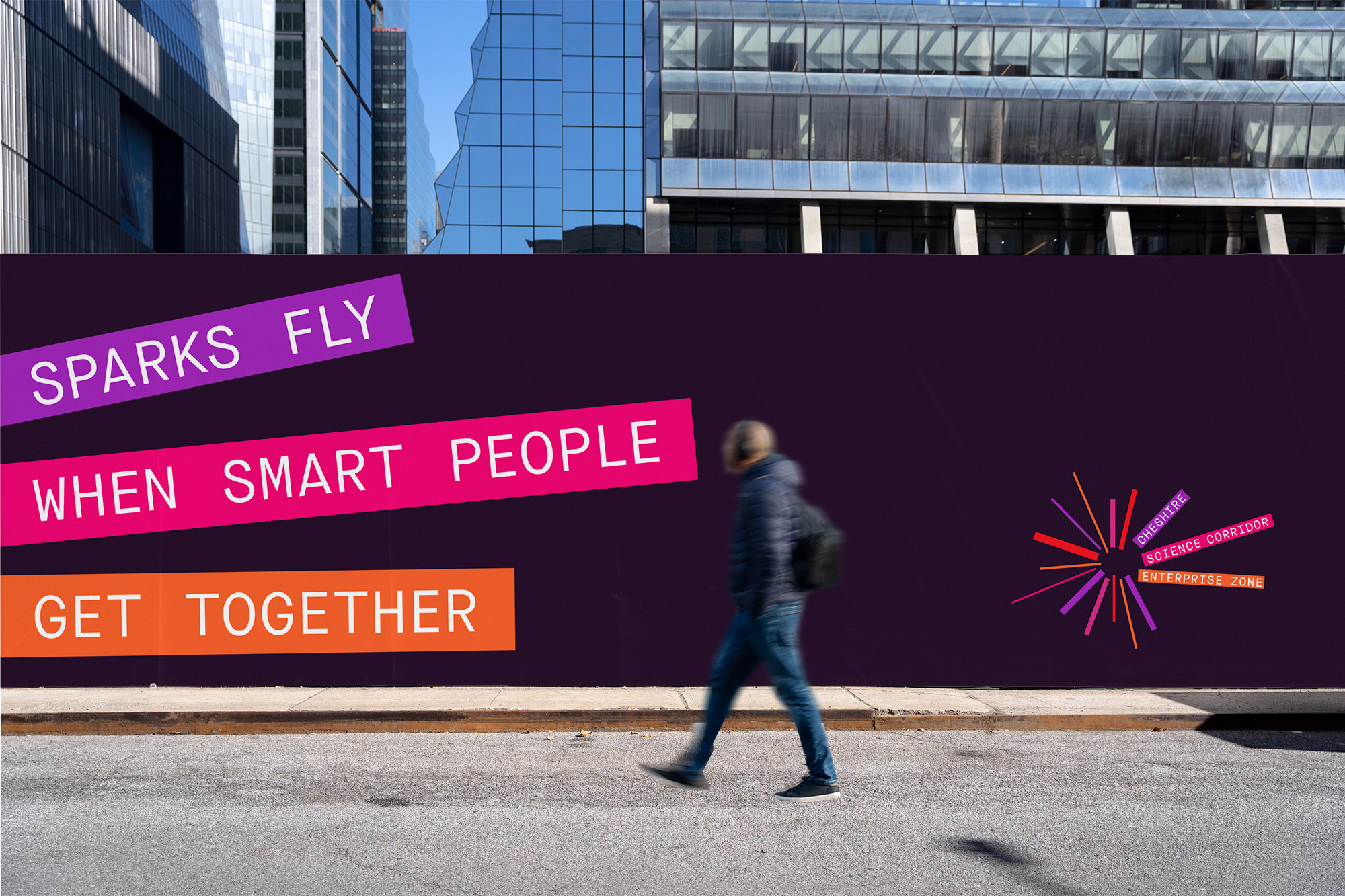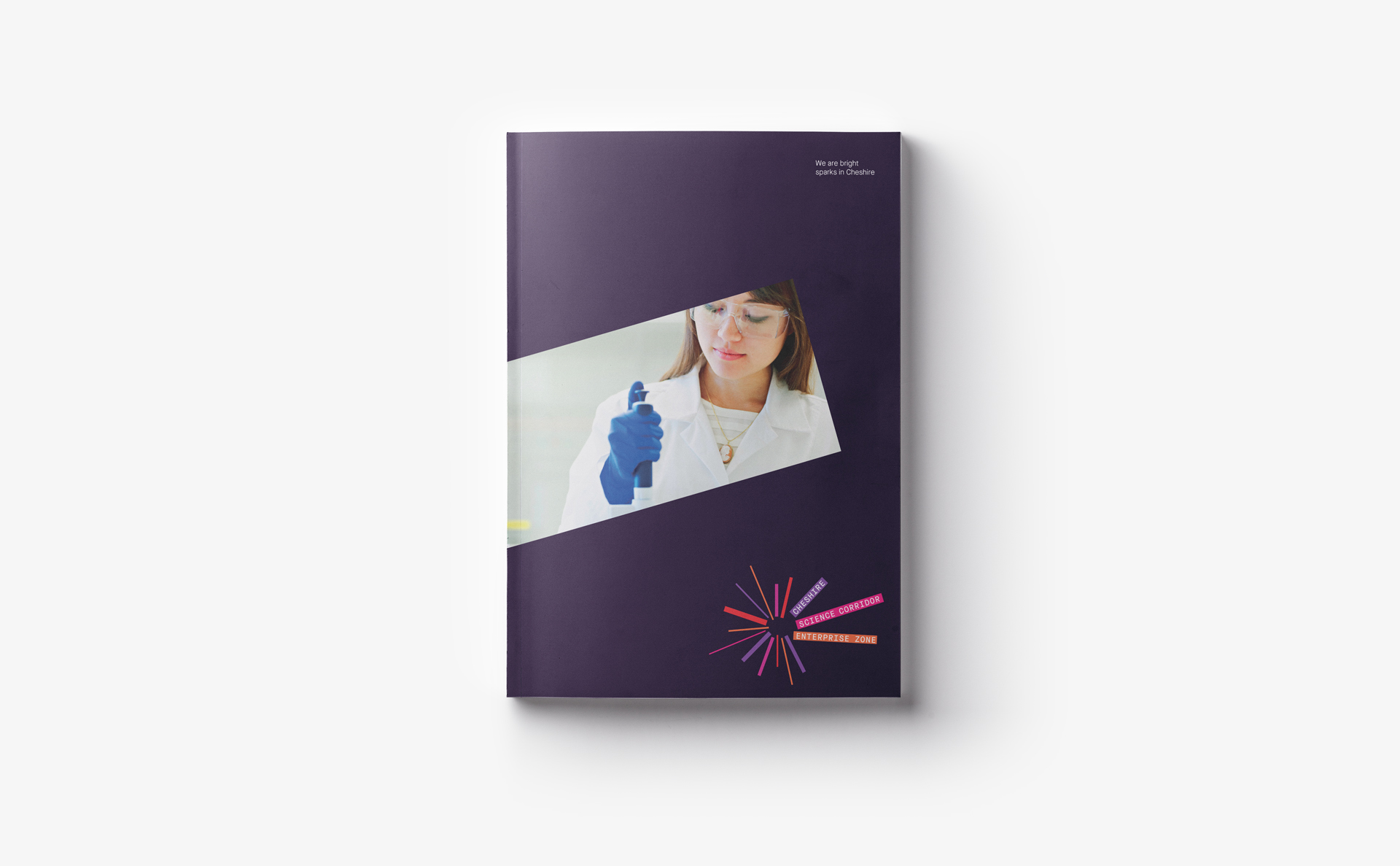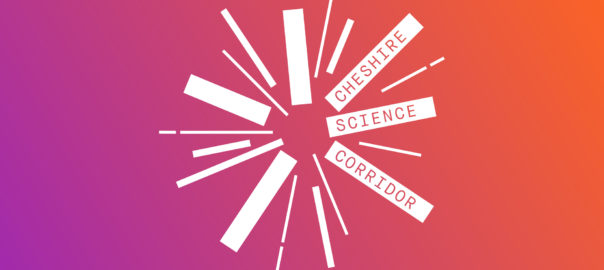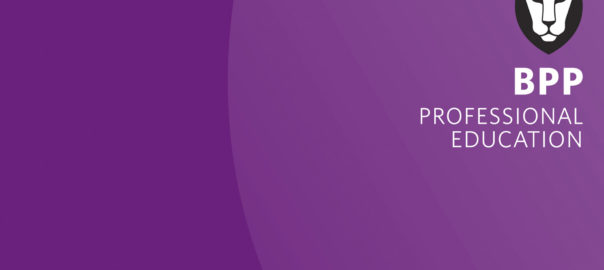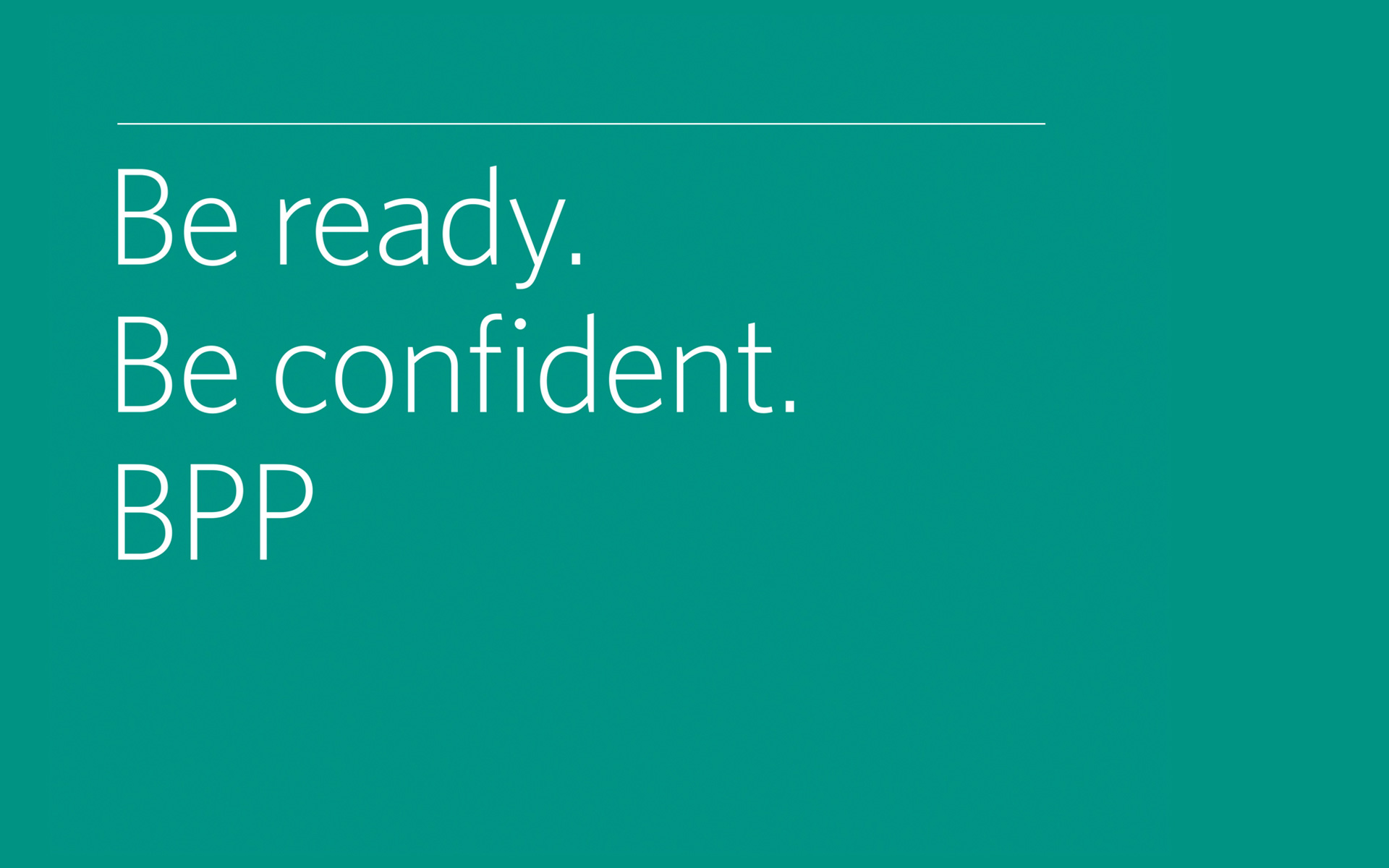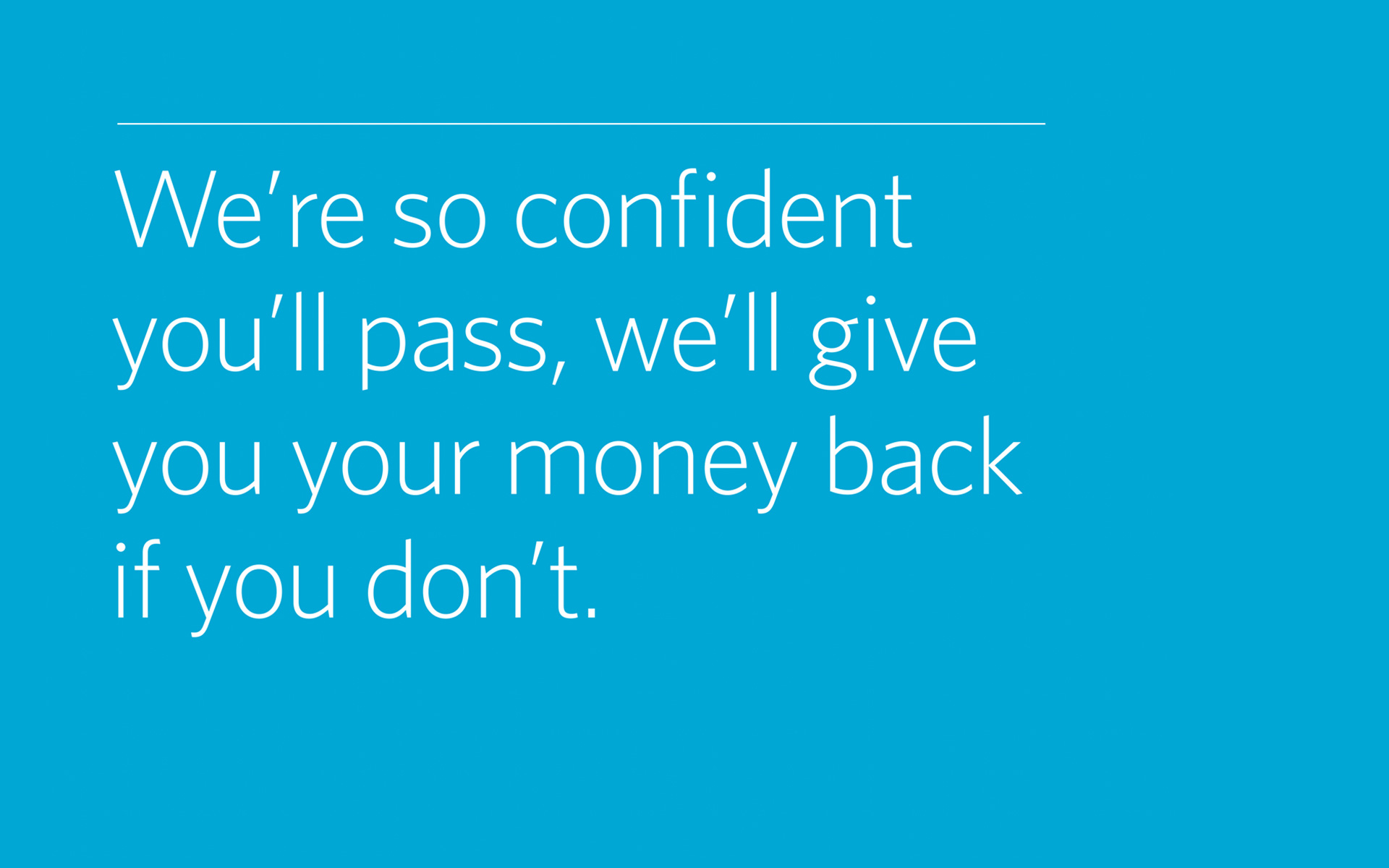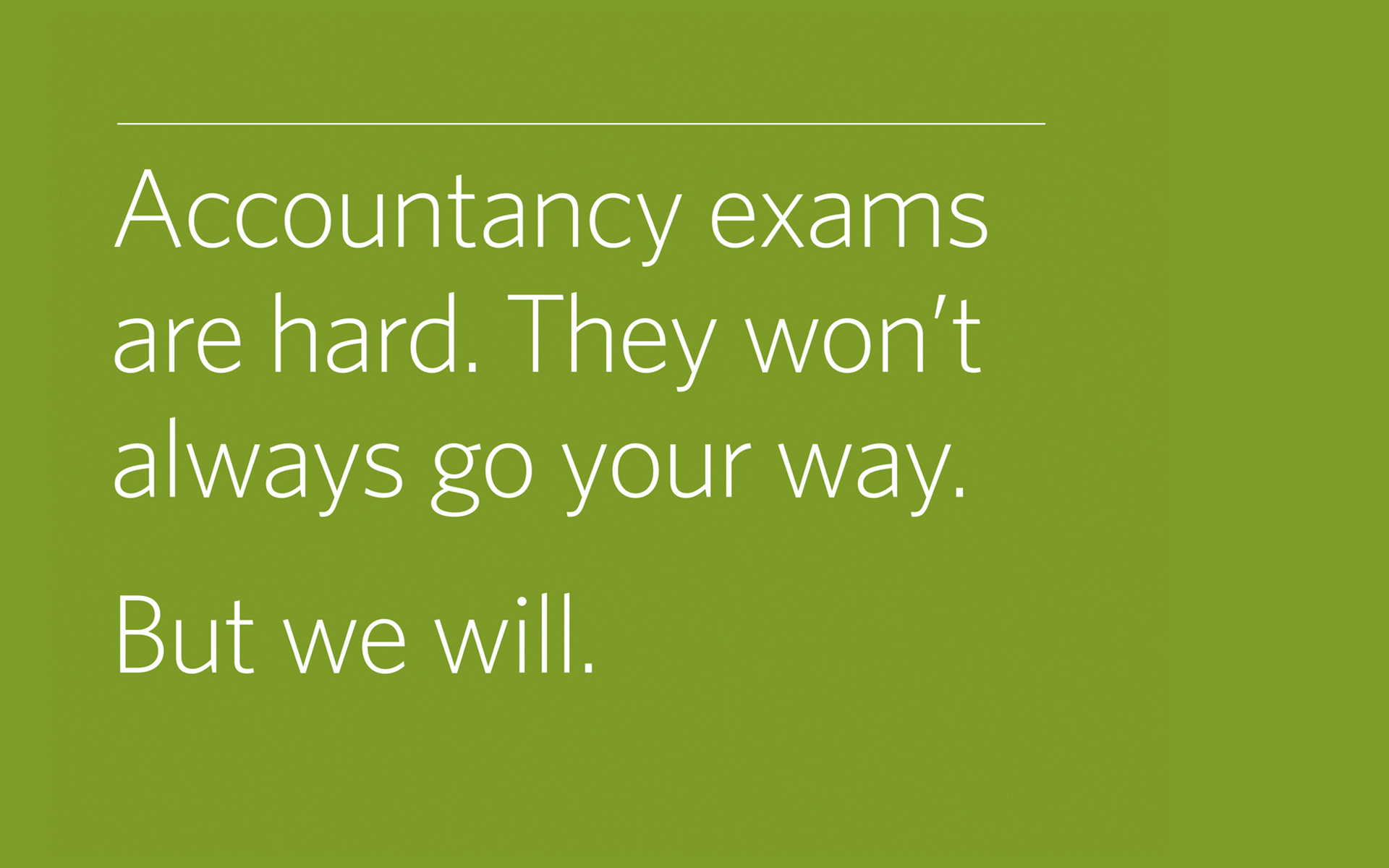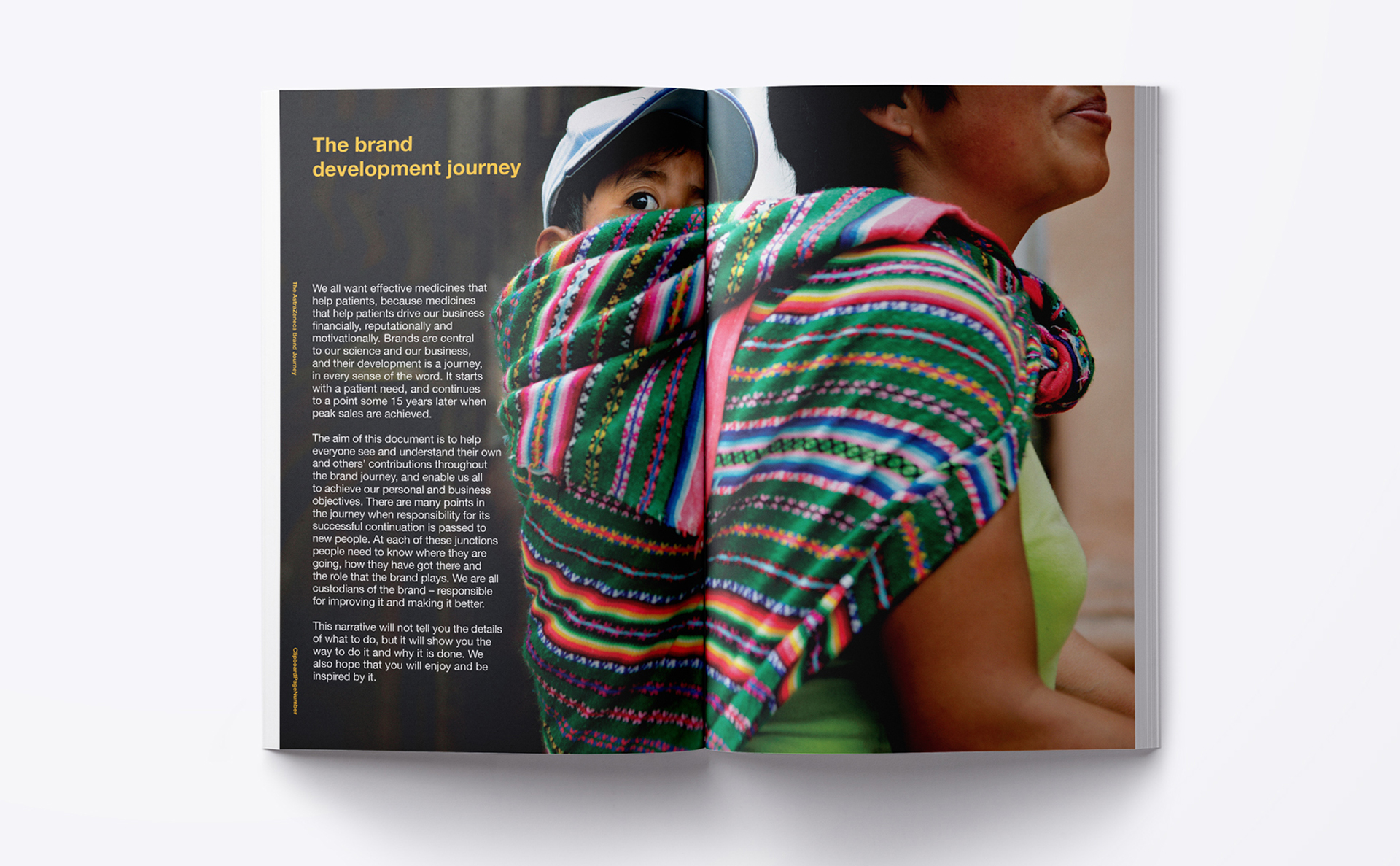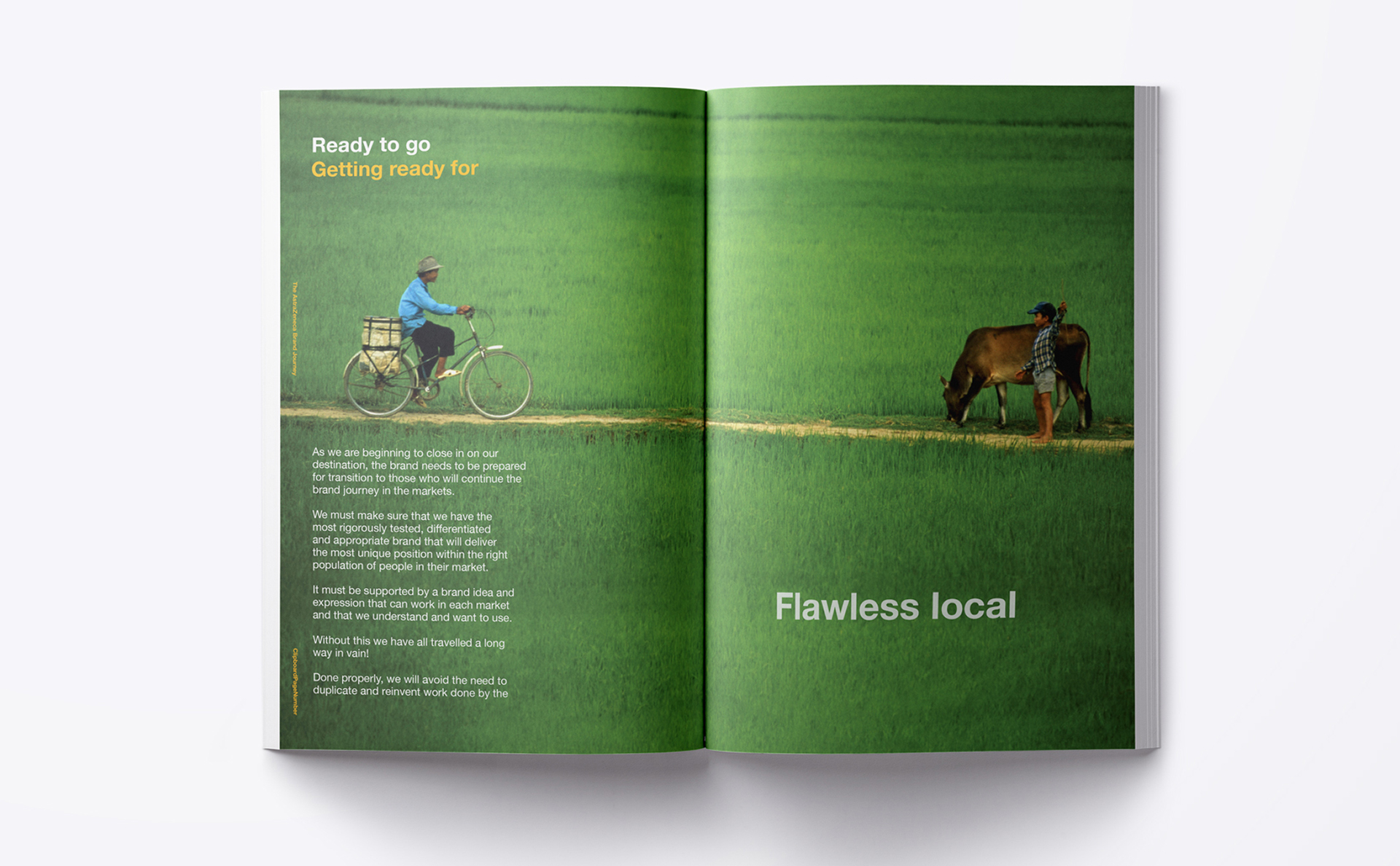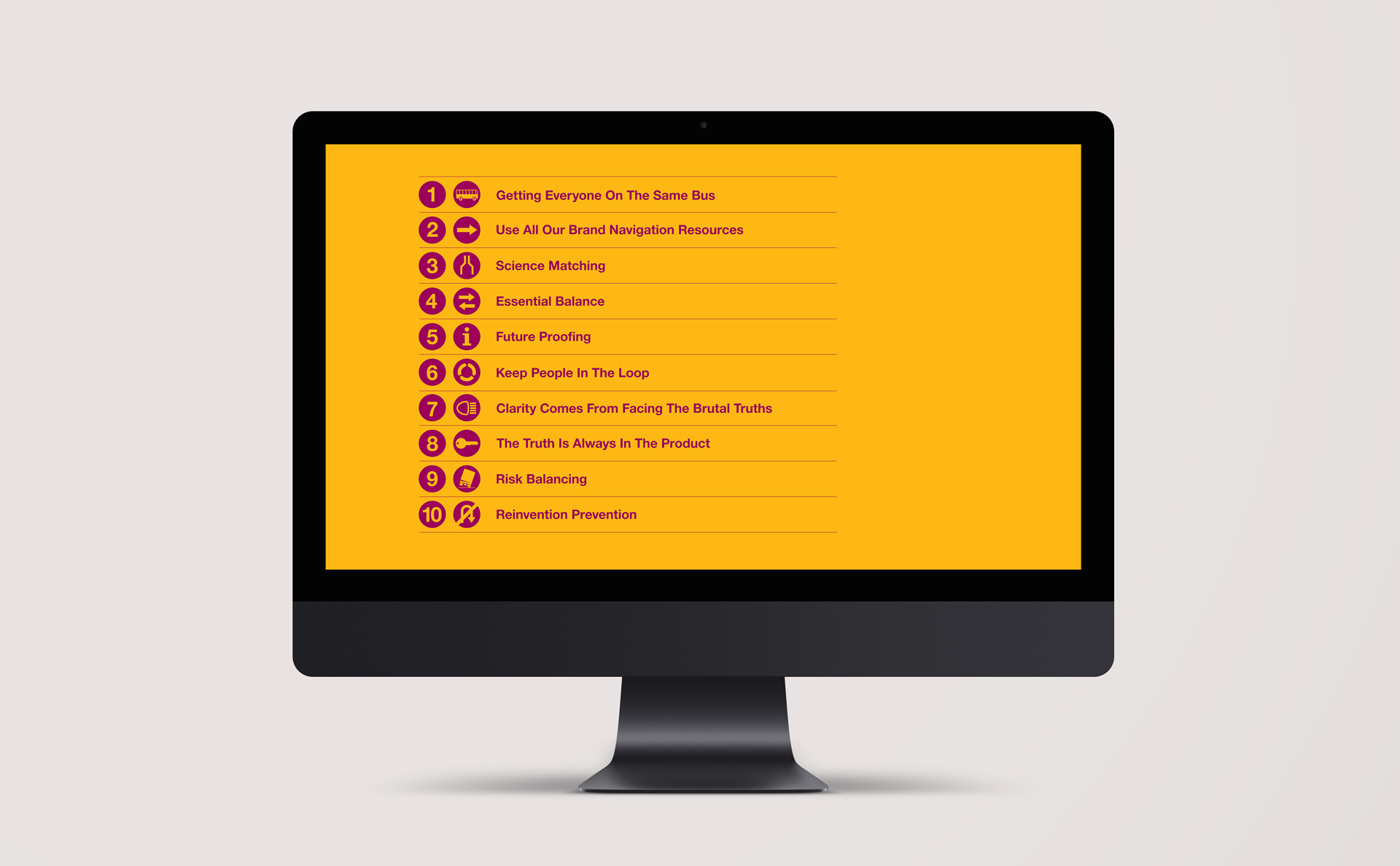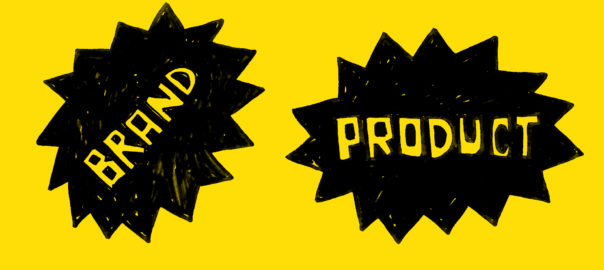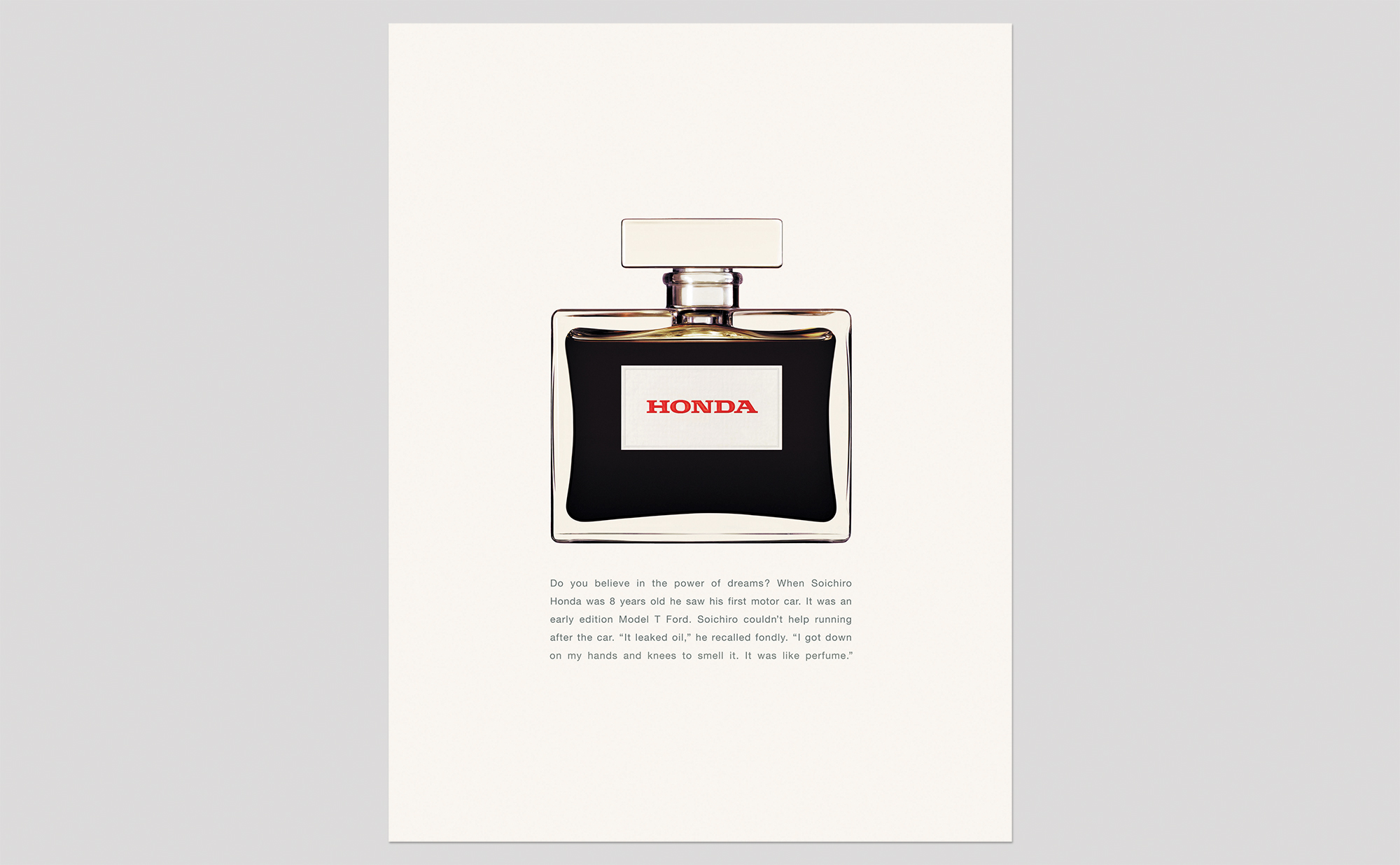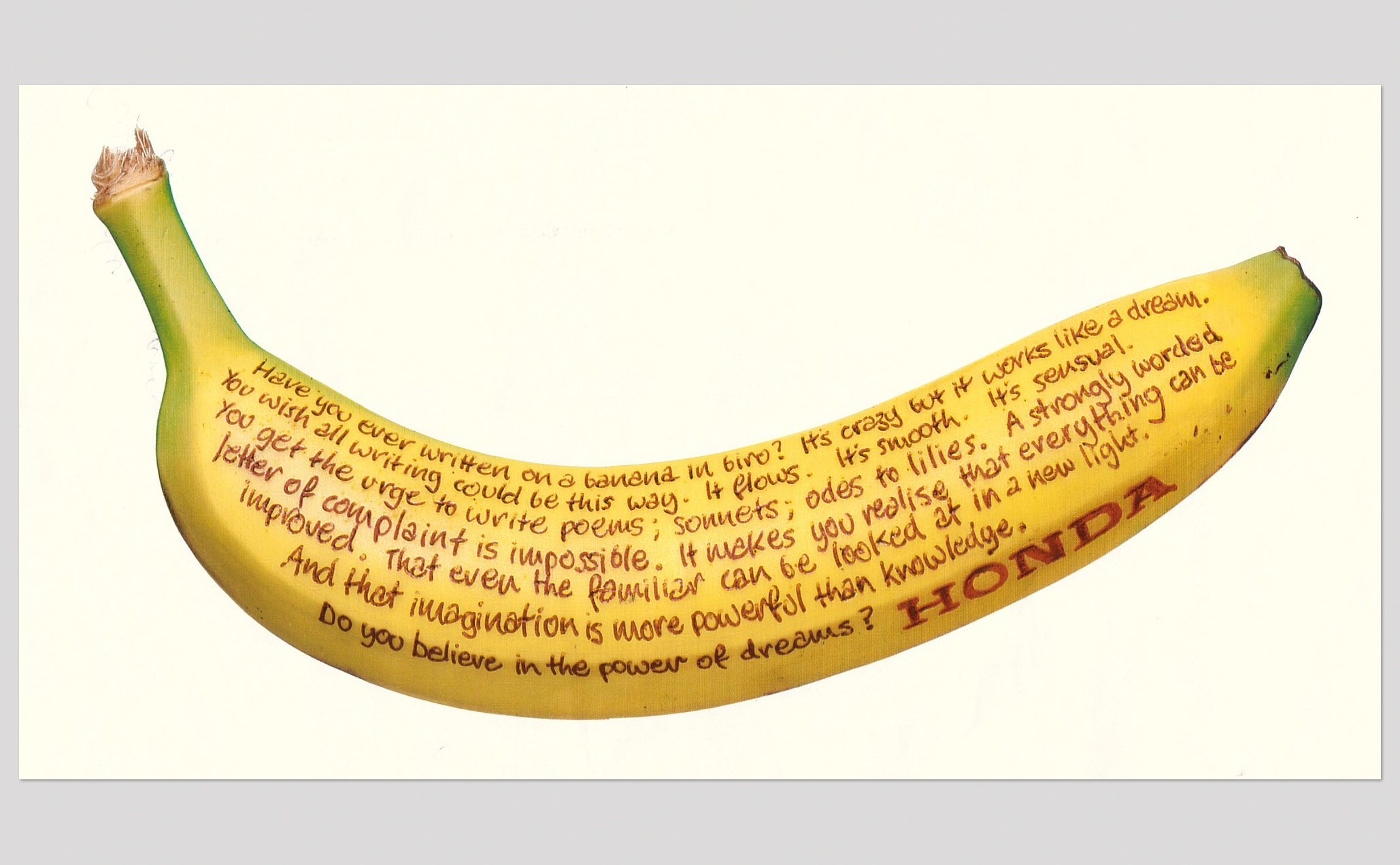Science Corridor
In the 2015 spending review statement, Cheshire was awarded its first enterprise zone. Cheshire LEP needed a new identity for the zone. But they needed it quick.
The benefits to a business of locating to an enterprise zone are business rate discounts or enhanced capital allowances. But beyond these immediate financial incentives and the excellent quality of life Cheshire affords, it is the potential synergies and opportunities that are fostered between so many established and emerging science businesses, and the energy created by amassing a pool of such unique talent.

Sparks fly
The strategic challenge was to distil the ambition of the Cheshire Science Corridor Enterprise Zone into a simple statement that would ignite the brand design. Cheshire is full of smart, scientific people. The opportunity for these scientific entrepreneurs and wealth creators to connect with each other and a ready-to-go skilled workforce, is the power of the science corridor. And when bright people hook up, amazing things can happen. We articulated our compelling new idea as: ‘sparks fly when smart people get together.’
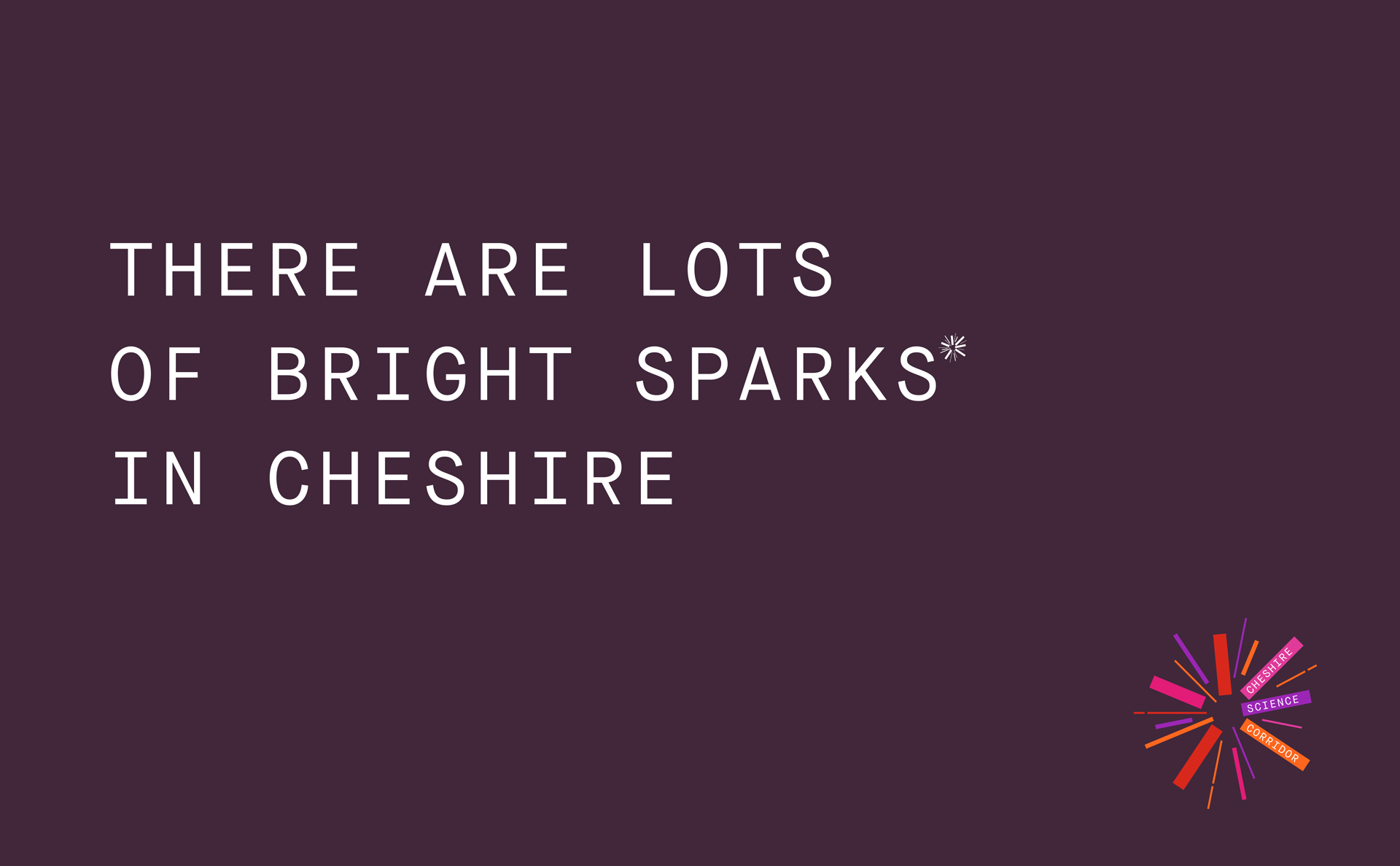
This helped drive the brand expression. Our spark logo was designed to be memorable and flexible across many mediums, but we also wanted the mark to create the basis for a campaign-able identity that would act as a vehicle to carry messaging. This would make it easier for people to pick up the identity and run with it even if they only had the bare minimum building blocks of a brand identity. We also created a brand toolkit to get people up and running.
Equally importantly, our core idea gave the enterprise zone a sharp focus on fostering collaboration between its occupants. Something that would drive the ultimate financial success of the zone.
